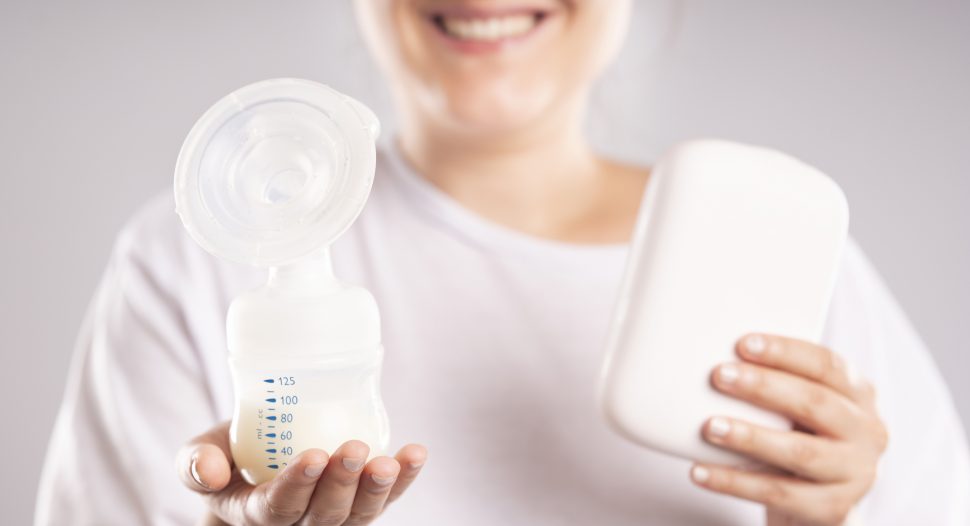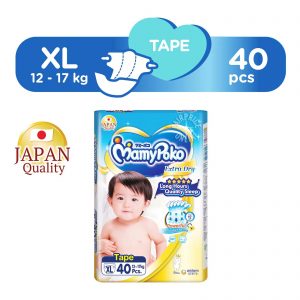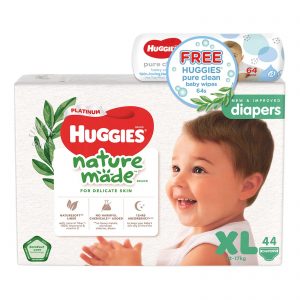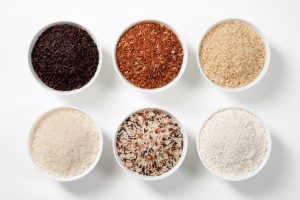Ask any parent about the biggest challenge about having a young child and feeding will definitely be it!
While breastfeeding remains as the recommended way to nourish your child, you may also be interested to know more about other feeding options. It’s important to know exactly what and more importantly, how to ensure that your little one is nourished well. Be sure when we debunk these 4 myths about feeding every parent should know!

Myth 1: On-demand feeding will make children more dependent
This is untrue! Your child knows how to instinctively cue when they’re hungry (cue: the crying) in order to fuel their rapid growth and development. They would probably have grown to about 50 percent of their adult height¹ at three years old and their weight will continue to increase beyond the toddler stage!
Tip: Gradually reduce the frequency of on-demand feeding once a healthy weight has been reached on your pediatrician’s advice.
Myth 2: I can just eyeball measurements
If you choose to breastfeed, you can usually tell that your child is well-nourished when:
- Your breasts feel soft after nursing
- Your child is passing clear urine with bowel movements two to five times daily
- Your child is gaining weight by about 150-200 grams per week.
Unlike breastfeeding, however, you can’t usually see or feel such changes with a bottle feed. As such, some mothers may feel like they’re not nourishing their little one well enough. Formula blends are designed specifically by the manufacturer to meet their needs. An imbalanced water to milk formula ratio will not only result in nutritional deficiencies or dehydration, but also serious neurological consequences such as a stroke or seizure. To ensure that you’re feeding your little ones enough milk, always follow the specific preparation method as directed by the manufacturer on its product packaging!
Children who are fed from the bottle also typically pass soft stools three to four times daily without a struggle. Keep them dry and happy by changing their diaper quickly:
Myth 3: I only need to burp after a feeding
You may find your child swallowing air when they feed. This results in trapped gas that needs to be released as it can hurt their tummy and make them fussy. Try burping your child before and after a feeding, too — it will help to feel more comfortable throughout. Pre-burp in 5 minute intervals; if there isn’t any burping, try a variety of positions (on your shoulder or face-down) and gently pat their back once more.
Myth 4: I cannot mix bottle and breastfeeding
While breastfeeding is ideal, bottle feeding can help to supplement your child’s nutrition as your milk production supply adjusts to demand. Some parents also mistakenly believe that mixing up both feeding methods will result in nipple confusion which happens when children have difficulty transitioning back to the breast from a bottle². However, this can’t be further from the truth — most children actually have no problem switching between both as it boils down largely to their preference.
If you’re looking to transition from a breast to bottle feed, you may try swapping to a wide-mouth, slow-flow bottle teat to mimic milk flow from the breast; if it’s a bottle to breast feed, readjust or change your little one’s position to adapt to the suckling pace.
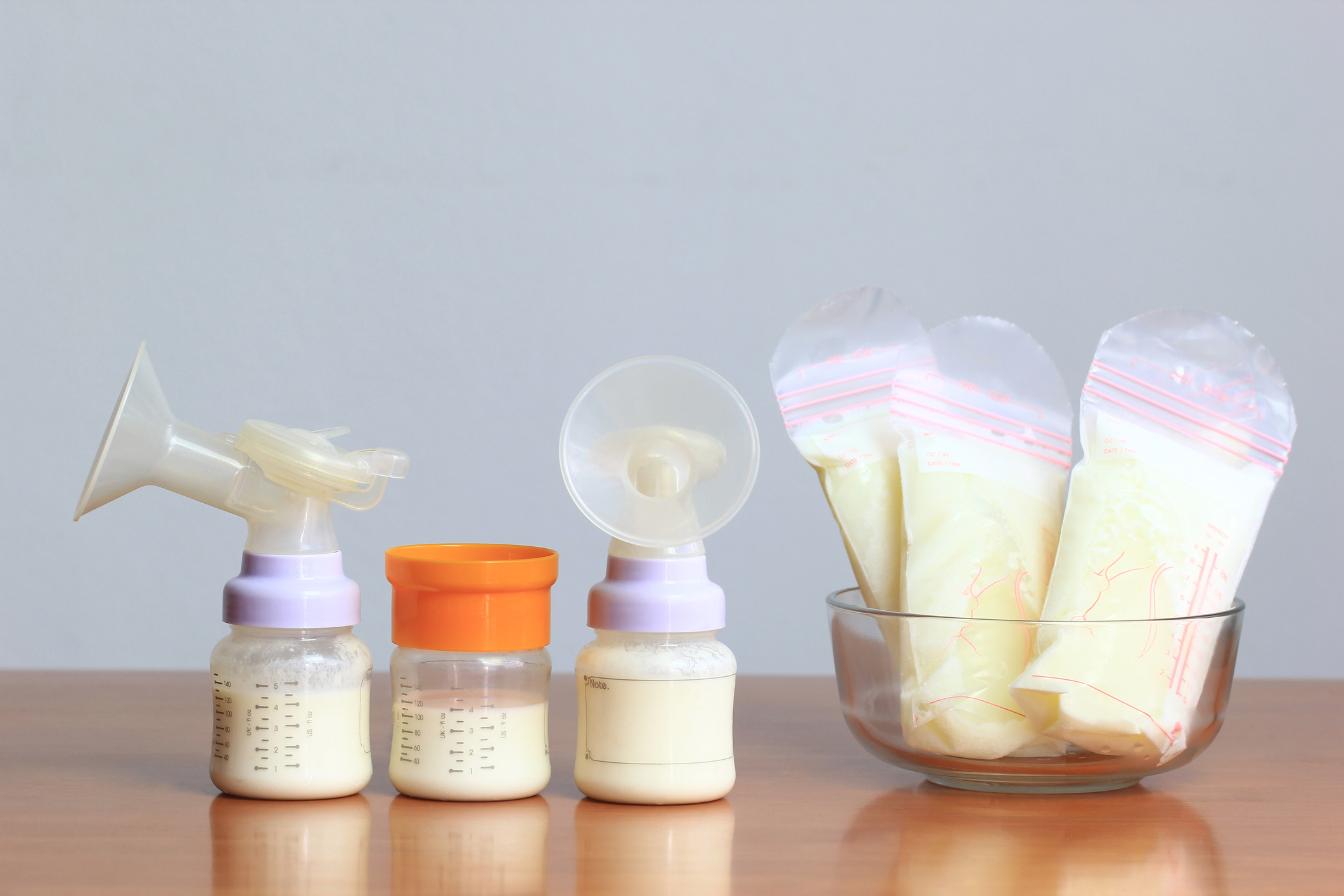
Shop for everything your young family needs here! You’ll be able to get all the best deals on milk powder, diapers, brain-boosting food and more daily essentials for your little ones.
***
References:
¹ Capuzzi Simon, C & Harris, N 2019, All about toddler growth spurts, viewed 16 January 2021
² Wan, J 2011, Clearing the air on nipple confusion, Singapore Motherhood, viewed 29 January 2021
